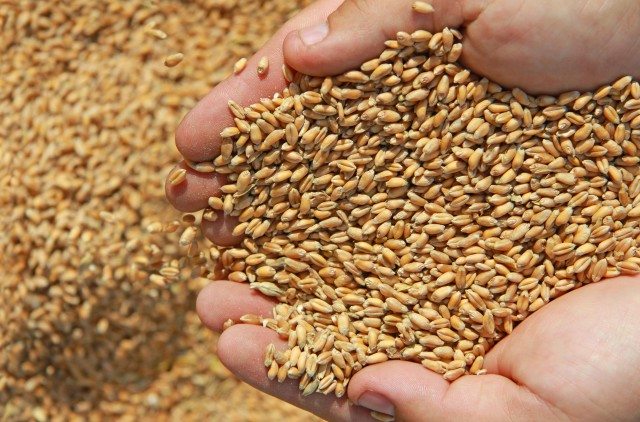DuPont and the Economist Intelligence Unit (EIU) on May 28, 2014 released the 2014 Global Food Security Index that showed 70% of countries in the study increased their food security scores over the previous year.
The 2014 Index measures 109 countries against 28 food security indicators that monitor the ongoing impact of agriculture investments, collaborations and policies around the world.
The Index also examines how two new factors, obesity and food loss, affect access to safe, nutritious and affordable food.
Access to food
“The Index provides a common set of metrics that enable us to track progress in food security globally, and the outcomes thus far are promising,” said Craig F. Binetti, president of DuPont Nutrition & Health.
“But we know it will take continued collaboration, innovation and investment in agriculture, food and nutrition to overcome the vast challenges to feeding the world’s growing population.”
Food security
Food security represents a growing global challenge, as the world’s population increases by more than 75 million people each year, reaching more than 9 billion by 2050, says DuPont.
It adds that food prices will pose major obstacles to accessibility to food, as billions in the developing world already spend half to three-quarters of their income on food.
Increasing shortages of water and arable land, especially in developing nations, will present additional challenges to food security.
Countries studied
This year, the Index demonstrated that every region improved from the prior year, but the most progress was seen among Sub-Saharan Africa countries, driven primarily by improvements in political stability and economic growth, despite the food-insecure environment.
The scores in Central and South America and Asia Pacific were hurt by reduced diet diversification and decreased public expenditure on agricultural research and development.
Even with the overall progress, the Index indicates that several developing nations continue to deal with inadequate infrastructure, political risk and food price inflation, while developed nations struggle with adapting to urbanization and the growing prevalence of obesity.
Kuwait and the United Arab Emirates (UAE) were added to the Index this year.
The report found the two countries earned excellent to moderate scores in all indicators except for public expenditure on agricultural research and development and, for the UAE, volatility of agricultural production, which were weaknesses.
The addition of obesity as a background variable in the Index reflects its impact across developed and developing countries.
In developing countries such as Syria, Mexico and Jordan, nearly one-third of the population is obese, comparable to rates in the US.
Obesity, food loss indicators
“While obesity was once studied independently of food security, today many scholars and policymakers are considering the relationships between the two,” said Leo Abruzzese, director, The Economist Intelligence Unit Global Forecasting.
“This will provide insights for individuals, policymakers, private sector leaders and others who are trying to understand how progress can be made on both fronts.”
The other new indicator, food loss, examines post-harvest and pre-consumer food loss that occurs in various stages of production, processing, transport and storage along the supply chain, such as when edible food products are left in the field or in silos, degraded through improper packaging or consumed by pests.
The Index revealed that while high-income countries generally have the best scores in this category, a number of former Soviet republic countries, including Uzbekistan, Tajikistan, Belarus, Azerbaijan and Ukraine, scored as well as many developed, high-income nations.
Sub-Saharan countries had the worst scores for this indicator – among the 10 lowest-performing countries, supply-chain food losses ranged from 9.5% in Malawi to 18.9% in Ghana.










